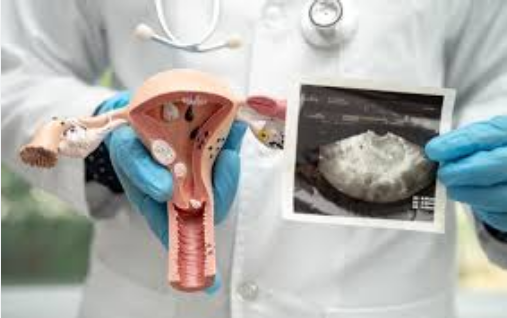

![]() Call Now +91 8400065000
Call Now +91 8400065000

Both fibroids and cysts are common in females, especially before menopause.
Fibroids are a type of noncancerous tumor that forms in the muscular wall of the uterus. In contrast, ovarian cysts are fluid-filled pouches that develop in or on the ovaries. And despite them occurring in different places, the symptoms alone can leave you wondering what’s wrong.
Let’s look at the similarities and differences between uterine fibroids and ovarian cysts. We’ll also explain why it’s vital to get a diagnosis.
Fibroid symptoms vs. cyst symptoms
Fibroids and cysts don’t always trigger symptoms. You may not realize you have them until your doctor discovers them during a routine pelvic exam. On the other hand, if you have many of them, or they become large, they can cause a range of symptoms.
Fibroid symptoms
Fibroids can be as small as apple seeds, or they can grow as large as grapefruits. Symptoms can include:
Fibroids may grow faster or larger during pregnancy and tend to shrink after menopause or if you take a certain type of hormone medication.
Cyst symptoms
Cysts tend to vary in size, but they are usually half an inch to 4 inches or larger and can cause:
A cyst can rupture or cause twisting of the ovary around its supporting structures, leading to:
Fibroids and cysts can trigger pelvic pain and bloating of the abdomen. Two key symptoms can offer clues as to which one you might have. Firstly, abdominal pain on only one side is more likely due to ovarian cysts than uterine fibroids. In contrast, heavy menstrual bleeding problems are more likely to result from uterine fibroids than ovarian cysts.
Many of these symptoms could be due to other health problems as well. That’s why seeing your doctor and finding out exactly what’s going on is the best approach.